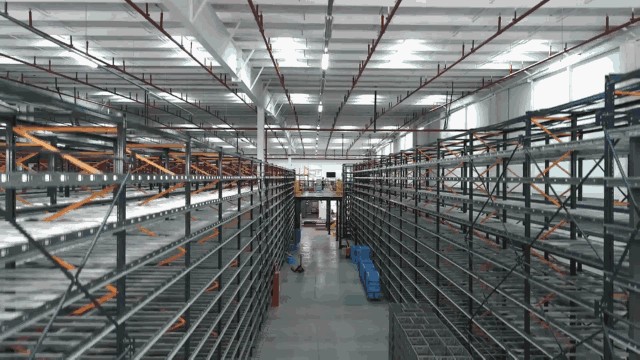Wisdom technology in the selection process of smart warehousing
(1) AR assisted picking technology
Traditional manual picking solutions use handheld RF (Radio Frequency) picking, Pick to Light or Voice Directed Picking. The picker picks up the goods in the shelf based on the lights on the shelf or the hand-held RF and the prompts in the wearable device. Although the traditional manual picking method improves the accuracy of the operation, it requires the picking personnel to be familiar with the layout of the warehouse. Augmented Reality (AR) integrates the information of the real world and the virtual world "seamlessly", automatically identifies the warehouse environment through AR glasses, locates the position of the goods to be sorted, and automatically plans the picking path to establish route navigation. Guide the operator to reach the target picking position in the shortest time, automatically scan the barcode of the goods through the AR glasses, guide the operator to accurately obtain the goods, and liberate the hands, which can greatly improve the efficiency of the picking operation.
(2) Array type automatic picking technology
The traditional automatic sorting equipment is a channel type picker represented by the A-frame system. The same item of goods is neatly stacked in the vertical channel, and the cargo is sorted onto the conveyor line by the ejection mechanism at the bottom of the channel. Parallel arrangement along the conveyor line, single cargo item sorting area is large, and equipment costs are high, mainly suitable for distribution centers with large selection and concentration in limited items, when faced with large selection and involving many items Order processing tasks are often not available due to space layout and equipment cost constraints. The array automatic picker was designed and developed and successfully applied. The Matrix Automated Order Picking System (MAOPS) is a new type of automated zero-removal picking system that is arranged in a space by a large number of horizontal tilting picking channels. All picking channels are installed on the equipment at a certain angle of inclination. The bottom of the channel is filled with fluent strips. The goods are placed on the fluent strips and slide down to the front of the channel under the influence of gravity. An ejecting mechanism is installed at the front end of each sorting channel. Each time the ejecting mechanism moves, the single piece of goods at the forefront of the channel is sorted out, and the sorted goods are slid along the baffle to the conveying line, and the remaining goods in the channel are subjected to gravity. It is continuously added to the ejecting mechanism to ensure the continuity of the picking of goods. The width of the channel can be adjusted within a certain range to suit different cargo sizes, but only the goods of the same item are placed in each channel, and the goods with a large selection amount can be stored in multiple picking channels at the same time. The number of picking channels corresponding to the same length of conveying line is about 5~7 times that of the A-frame system, and the equipment cost is only 1/10~1/5 of the A-frame system.

(3) Delta robot picking technology
The array picking technology is mainly suitable for the packaging of standard packaging products, which cannot meet the picking requirements of other packaging types such as bags and bottles. Professor Reymond Clavel of Sweden proposed the Delta parallel robot in the 1980s. The drive motor of the manipulator is designed on the frame. The slave arm can be made into a light rod, so the end can obtain high speed and acceleration, especially suitable for light goods. High-speed sorting operation type. Based on cameras and computers to simulate human visual functions, Delta robots can perform dynamic picking, and the robot can change the picker according to the different sizes and types of products, so the applicable packaging types can be varied. In addition, in order to ensure the accuracy of the capture, the Delta robot needs to use artificial intelligence technology to train the recognition accuracy of the same product in different postures.
Reprinted from the network


